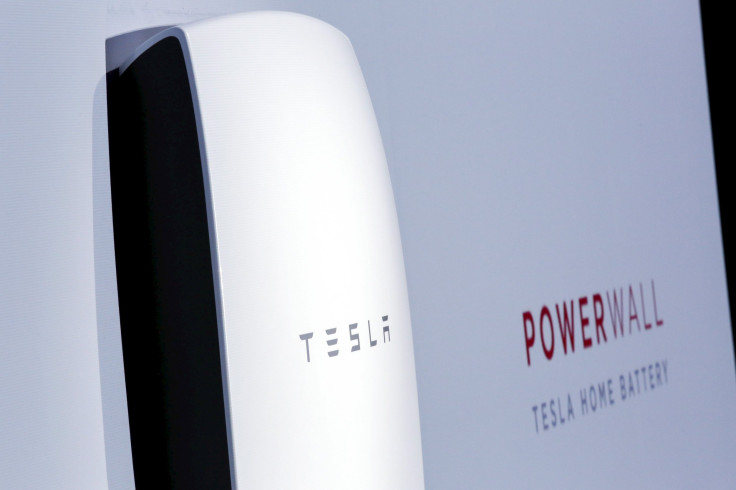Australian power companies fight off Tesla's Powerwall batteries

Powerwall, the much talked about new generation battery technology from Tesla, will get to Australian households by the end of 2015. The new lithium-ion (Li-ion)-based battery system has the potential to drastically alter the average energy consumption pattern in households, which caused it to create a lot of hype over the past few months.
The battery system depends on solar panels to generate electricity during peak sunlight hours. It then stores this power for use at night. Powerwall batteries promise to reduce electricity bills and diminish dependency on the electrical grid by utilising the stored energy in times of need. Powerwall battery systems will provide energy during high demand periods when purchasing electricity from grid ends up being costly.
Tesla will launch Tesla Energy in Australia to introduce Powerwall for residential purposes and Powerpack for industrial and commercial use. For the average household, Tesla will be coming up with 7 kilowatt-hour (kWh) to 10 kWh Powerwalls. Powerpack groups together offer powerful 100 kWh battery blocks ranging from 500 kWh to 10 MWh, reported CNET.
With abundant sunshine and plenty of rooftop solar homes -- over 4,400MW generated by 1.4 million homes -- Australia seems to be one of the most lucrative markets for introducing Powerwall battery systems. It is expected that high electricity prices will also encourage people to adopt the new battery system.
Powerwall's entry into the market could pose a grave threat to Australian electricity retailers, said analysts. However, local power suppliers are prepared to put up a fight, reported Business Insider Australia, as news reports disclosed that Australia’s power providers are considering a change in tariff structure and possibly a ban on storage from the grid to counter the Powerwall threat.
In Australia, large scale power is generated from coal- and gas-fired power plants, which are relatively cheap and supported by expensive options like hydroelectric, diesel and gas turbines. The rooftop solar power model will generate a lot more power at a lower price. Analysts said power plants, suppliers and retailers in Australia aren’t prepared for the unavoidable change in the energy industry.
Contact the writer at feedback@ibtimes.com.au or let us know what you think below.






